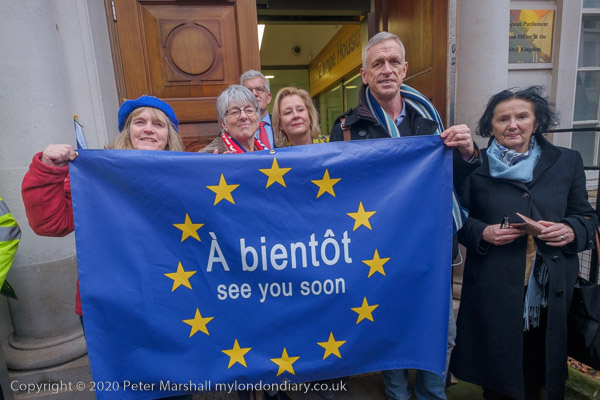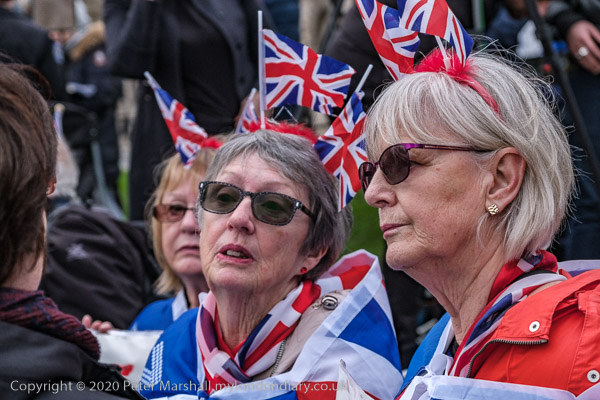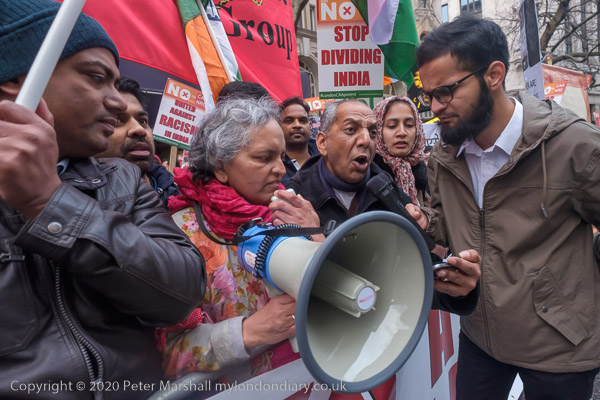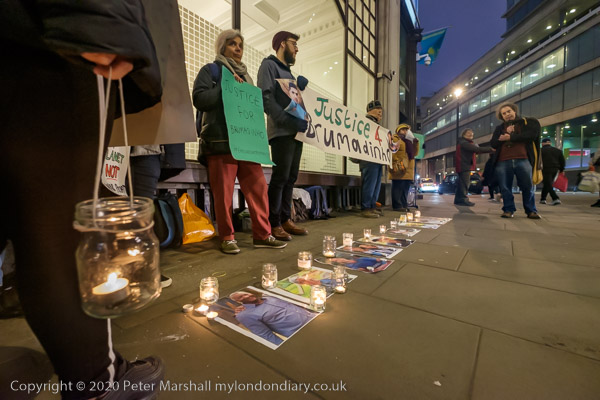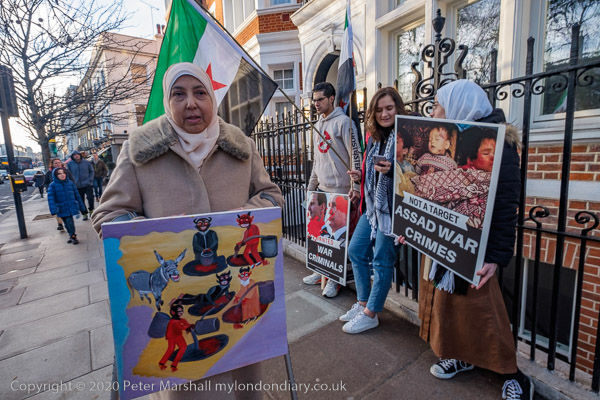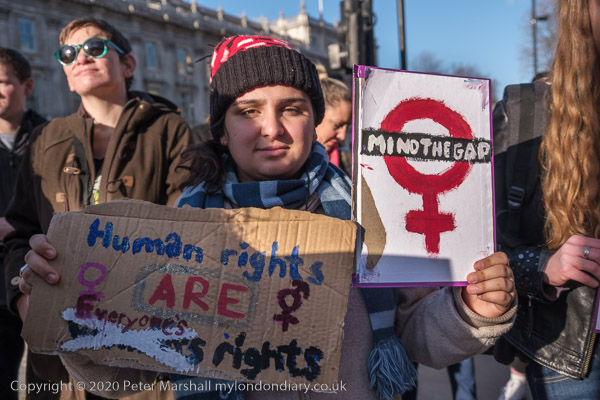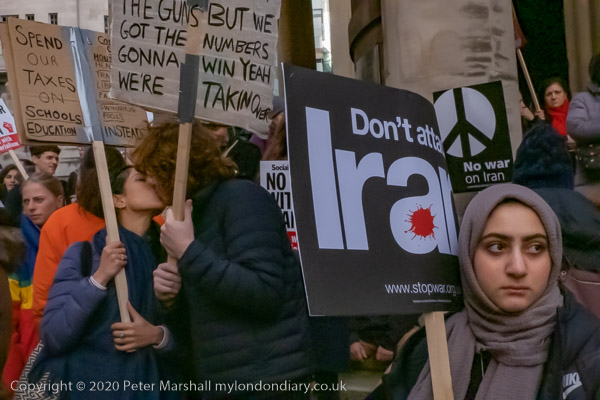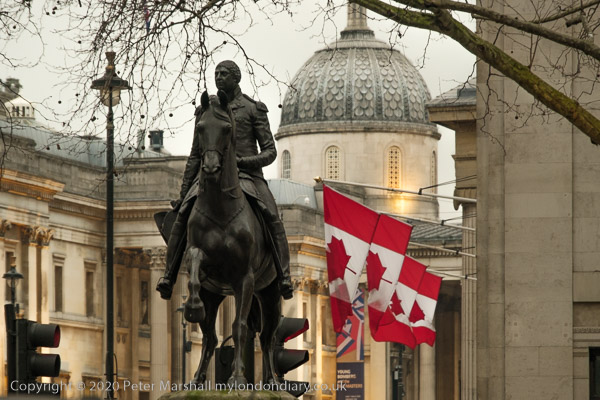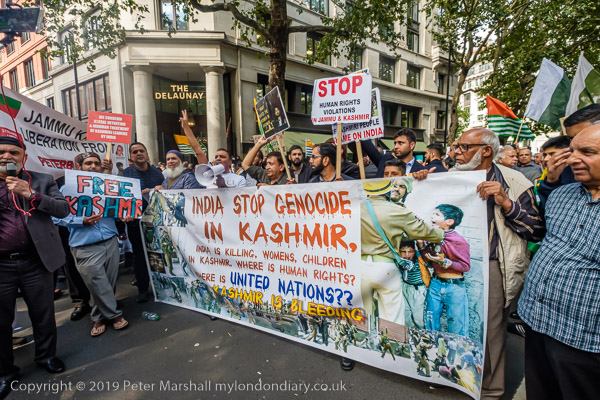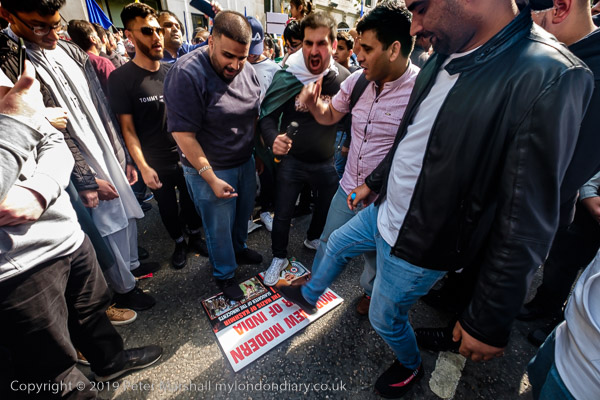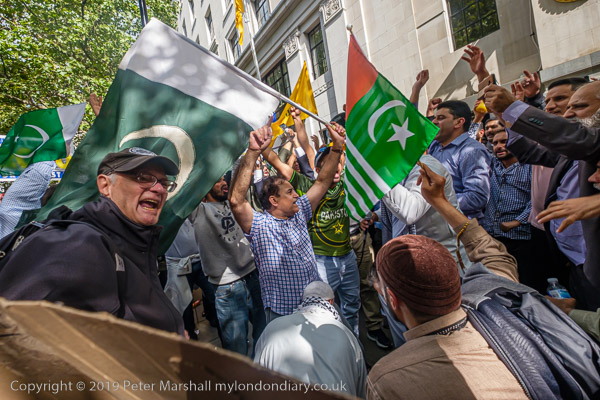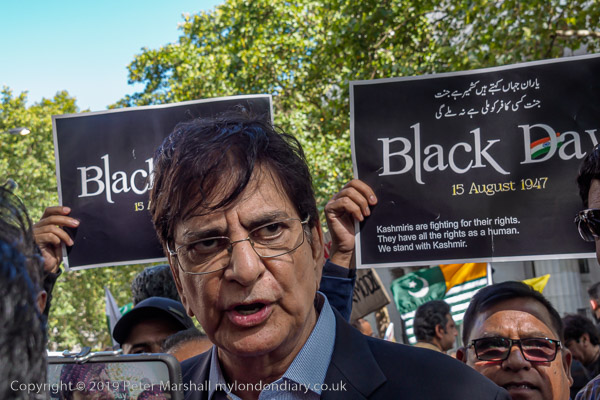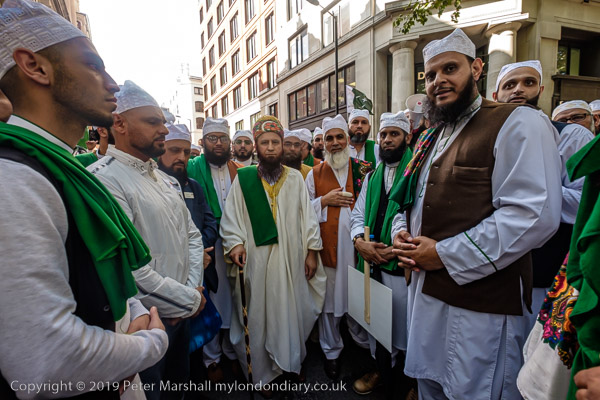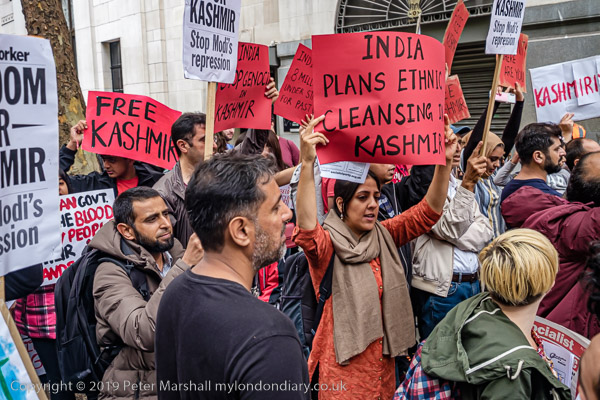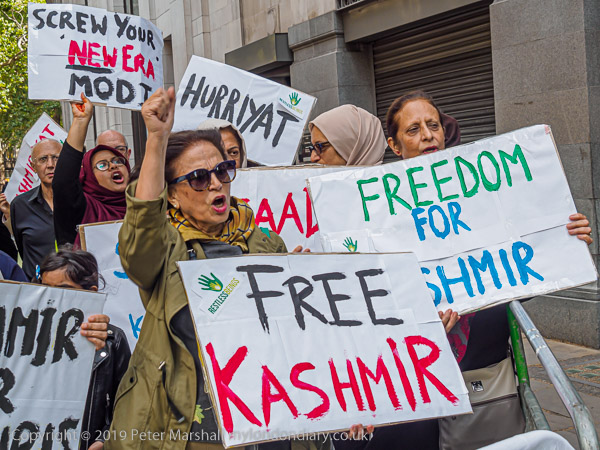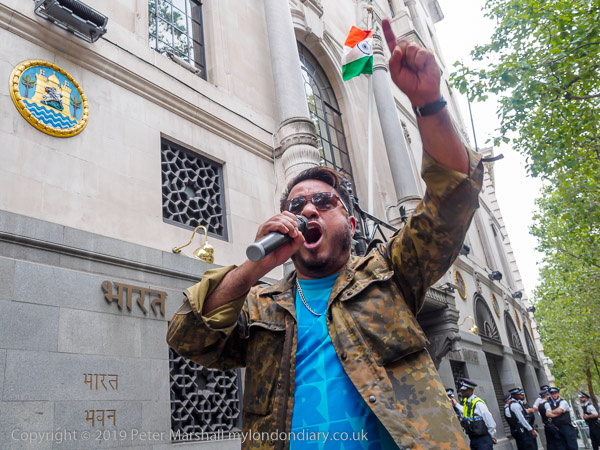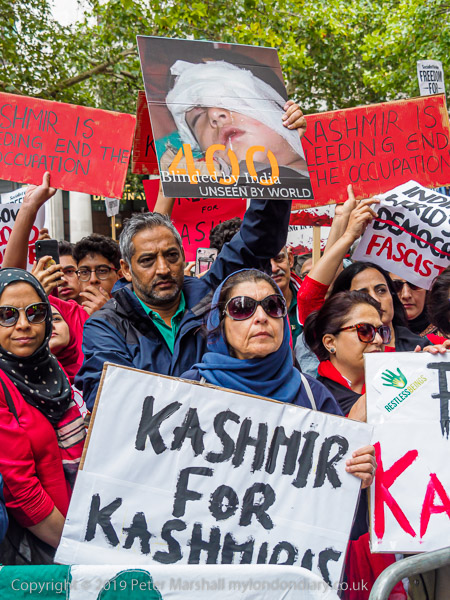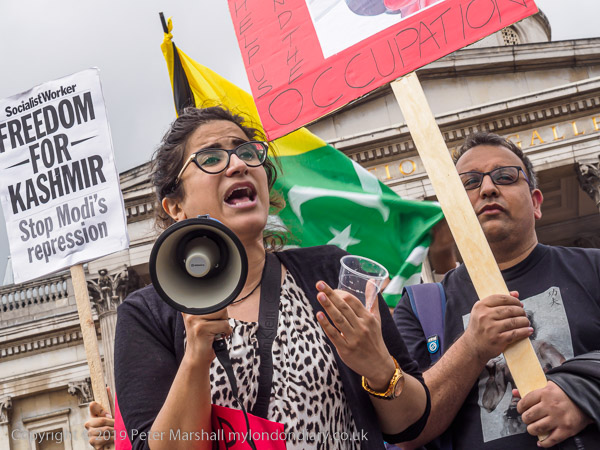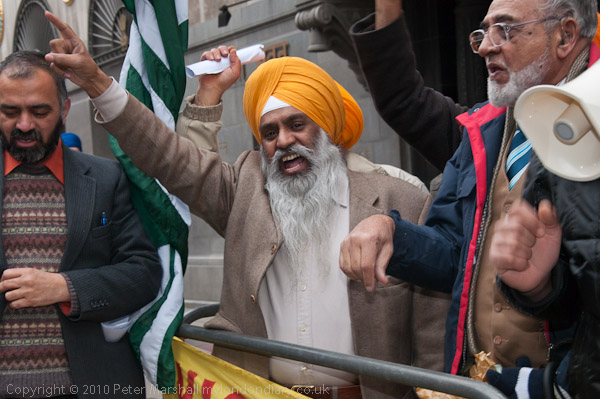
Republic Day has been celebrated in India on the 26th January since 1950, and marks the day in 1950 when the Constitution of India came into effect. India had gained independence on 15 August 1947, but that left the country as a British dominion, still under British Law and with King George VI as head of state. It took until November 1949 for the new constitution to be agreed, and the January 26 was chosen for its introduction as the Indian National Congress had declared it as Independence Day in 1929.
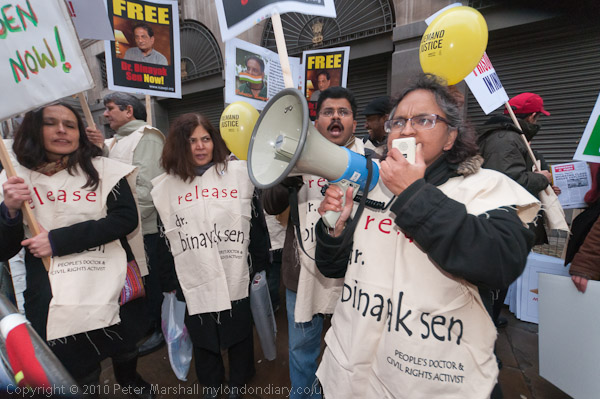
Along with Independence Day it is a day when there are often protests outside India House in London and on 26th January 2011, ten years ago today, there were at least two taking place. One called for the release of leading paediatrician and public health specialist Binayak Sen, a member of the People’s Union for Civil Liberties who has gained international recognition for his work in Chhattisgarh, India, where he “helped establish a hospital serving poor mine workers in the region, founded a health and human rights organization that supports community health workers in 20 villages.”
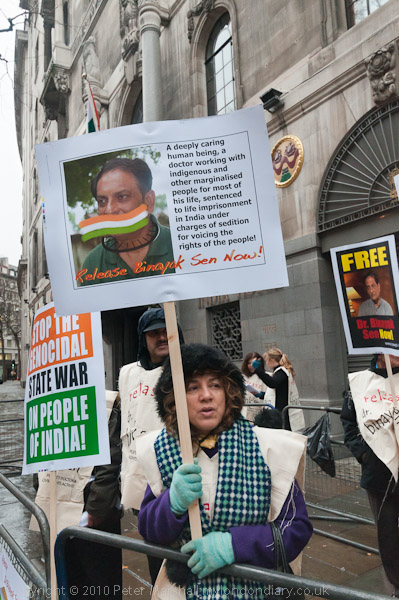
Dr Sen also criticised the Chhattisgarh state government’s atrocities against indigenous people fighting the handover of their lands for mining and their establishment of an armed militia, the Salwa Judum, to fight against the Naxalite (Maoist) rebels in the area, and was arrested and sentenced to life imprisonment by a Chhattisgarh court for sedition and helping the Naxalites. His case and appeal attracted support from around the world including from 22 Nobel laureates who sent a letter to the Indian President and Prime Minister and Chhattisgarh state authorities asking for him to be allowed to travel to the US to receive the Jonathan Mann Award for Global Health and Human Rights. Later in 2011 he was granted bail by the Indian Supreme Court.
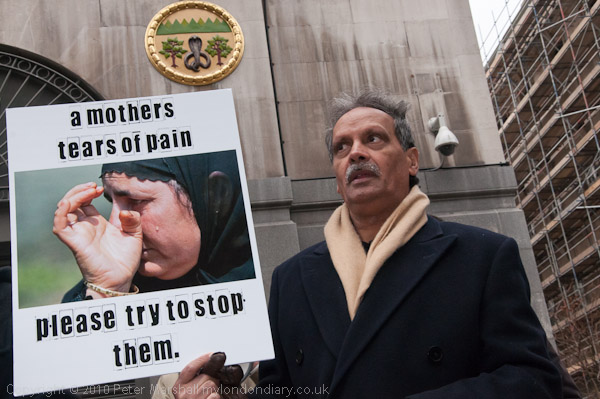
Also protesting outside India House were Kashmiris and Sikhs calling for the freedom for their nations which has been denied by Indian military repression. Kashmir is one of the oldest countries in the world, dating back to the Iron Age and became a Muslim monarchy in 1349, was later a part of the Sikh empire but was established later as a kingdom under British guidance. At partition the ruler ceded the country to India against the wishes of the majority of its inhabitants for military protection after Pakistan invaded the country, which is now in three parts, under military rule by India, Pakistan and a small part China.
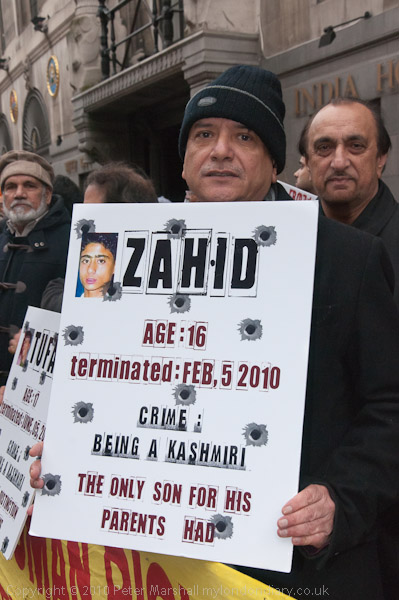
The Indian administered area, known as Jammu and Kashmir and Ladakh had limited autonomy which was revoked on 5 August 2019 and has a huge occupying force accused by human rights organisations of imposing strict military law in a systematically brutal fashion, with deaths during interrogation of suspects, detention without trail, censorship, arson, beatings, rape, mass murder, and tortures of all kinds.
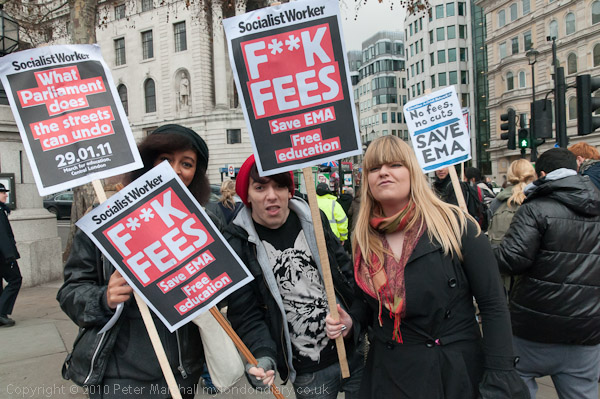
It was a busy Wednesday, with other protests taking place, including a student day of action against fees and cuts, including the loss of the Education Maintenance Allowance which has allowed many 16-18 year olds to remain in education. Axed in England it is still available in Wales, Scotland and Northern Ireland. Unfortunately although there had been publicity about students walking out of schools and college there was very little information available about the protests they might attend, and only perhaps qa hundred made their way to the rally in Trafalgar Square.
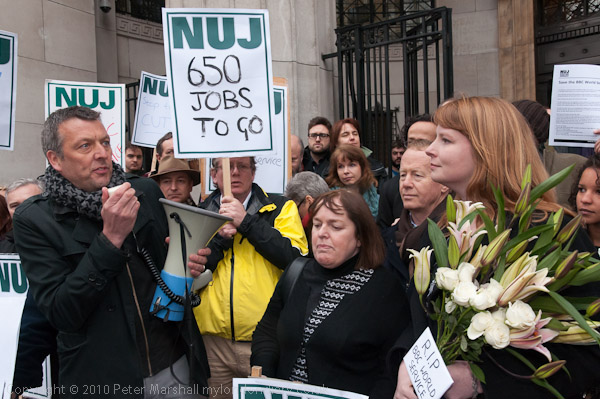
After some speeches there was a discussion about what to do next, and most of those present decided to join the NUJ demonstration outside Bush House against the savage cuts announced by the BBC for the World Service broadcasting, with up to 650 job losses, switching off of radio services and the complete loss of services in 5 languages. This was particularly convenient for me as I was also going to join this protest as a member of the NUJ – and it was just a few yards from India House were I was going to photograph other events.
More at:
Release Binayak Sen Now
Free Kashmir & Khalistan
Save the BBC World Service
Student Day of Action
All photographs on this and my other sites, unless otherwise stated, are taken by and copyright of Peter Marshall, and are available for reproduction or can be bought as prints.
